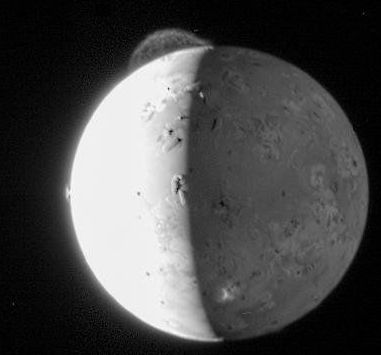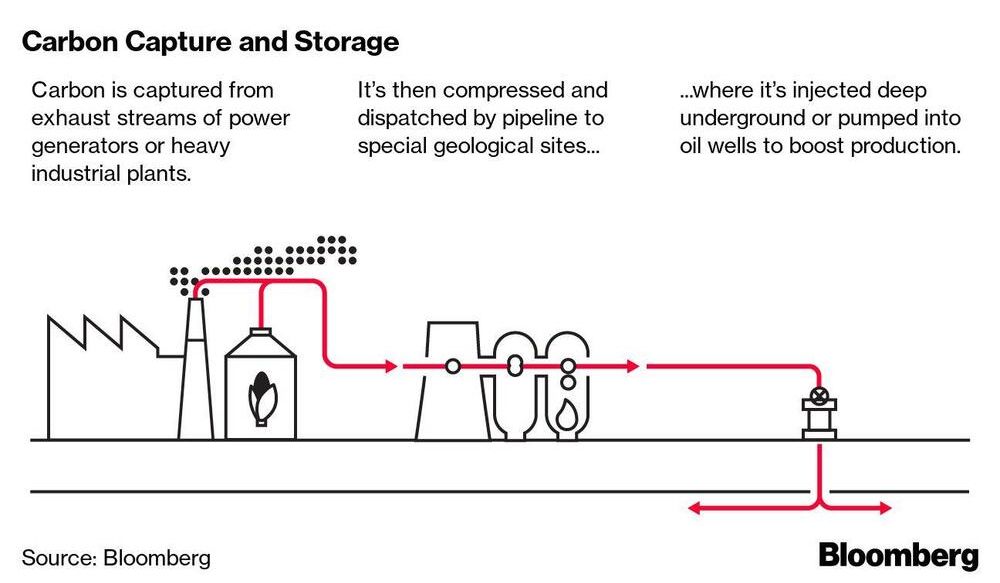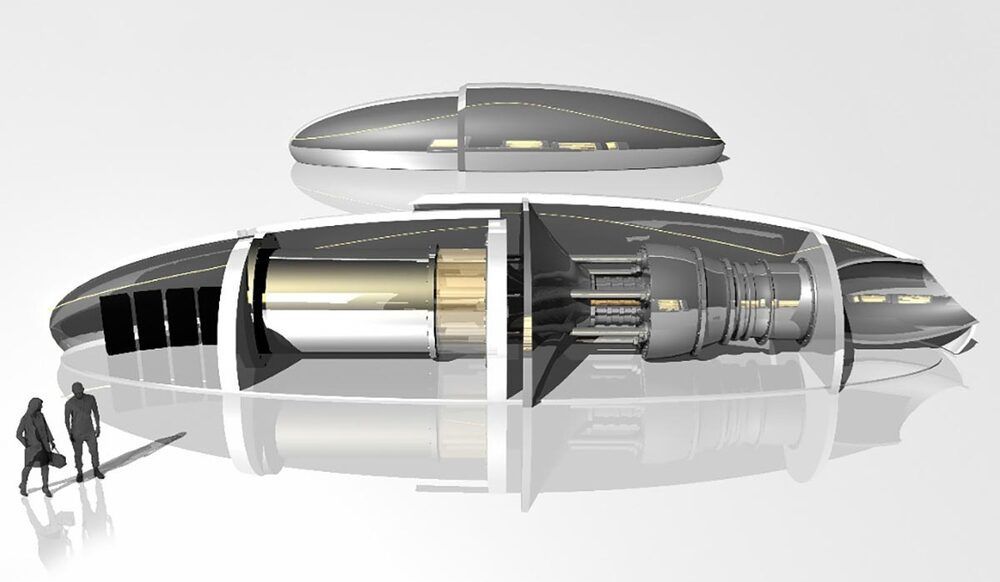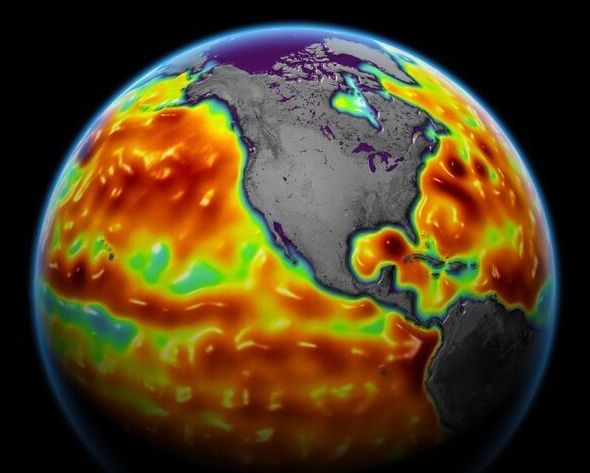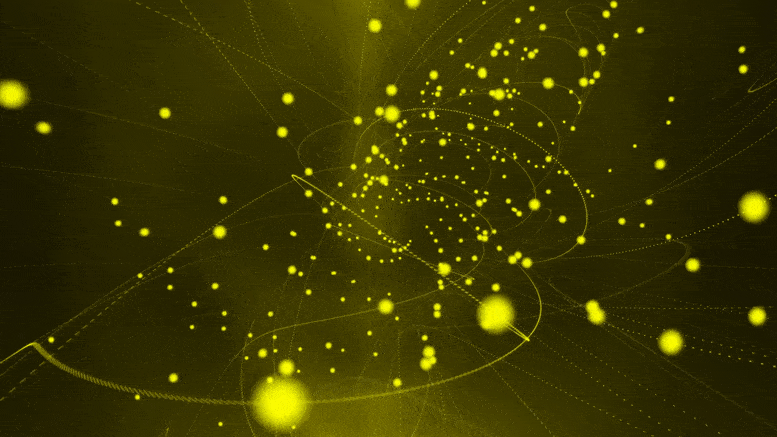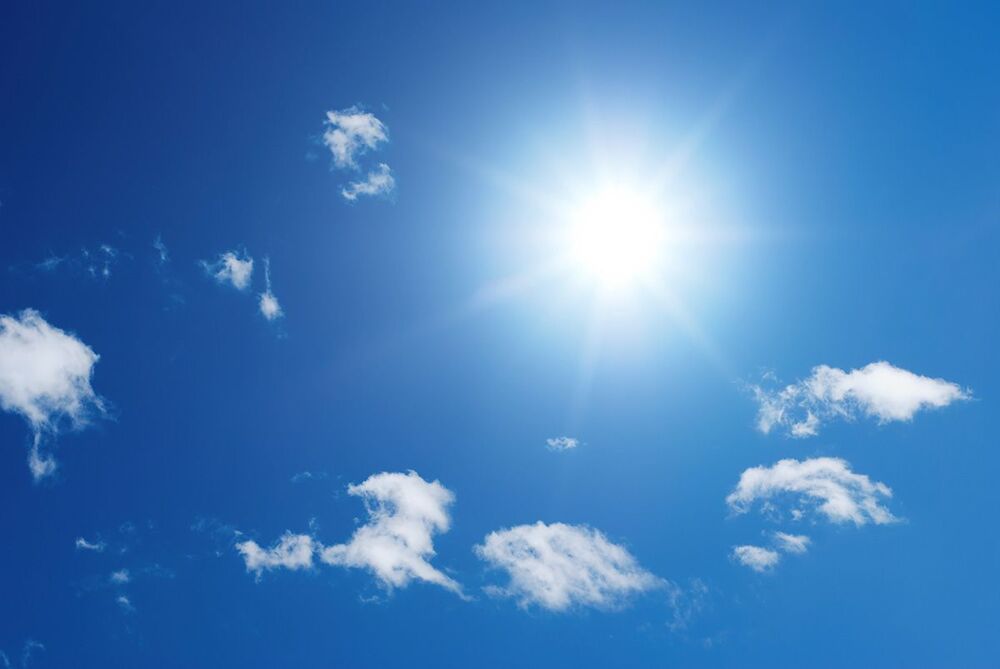We’d pictured the plant-fruit relationship as one-way, but new research reports that sometimes the fruit can talk back! And while cow burps are a widely cited contributor to climate change, it turns out that wild pigs might also be contributing with their eating habits.
Hosted by: Hank Green.
SciShow has a spinoff podcast! It’s called SciShow Tangents. Check it out at http://www.scishowtangents.org.
———
Support SciShow by becoming a patron on Patreon: https://www.patreon.com/scishow.
———
Huge thanks go to the following Patreon supporters for helping us keep SciShow free for everyone forever:
Chris Peters, Matt Curls, Kevin Bealer, Jeffrey Mckishen, Jacob, Christopher R Boucher, Nazara, charles george, Christoph Schwanke, Ash, Silas Emrys, KatieMarie Magnone, Eric Jensen, Adam Brainard, Piya Shedden, Alex Hackman, James Knight, GrowingViolet, Drew Hart, Sam Lutfi, Alisa Sherbow, Jason A Saslow.
———
Looking for SciShow elsewhere on the internet?
Facebook: http://www.facebook.com/scishow.
Twitter: http://www.twitter.com/scishow.
Tumblr: http://scishow.tumblr.com.
Instagram: http://instagram.com/thescishow.
———
Sources:
https://www.frontiersin.org/articles/10.3389/fsufs.2021.657401/abstract.
http://www.ncagr.gov/CYBER/kidswrld/plant/nutrient.htm.
https://www.cell.com/trends/plant-science/fulltext/S1360-1385(21)00064-9
https://www.ncbi.nlm.nih.gov/pmc/articles/PMC2634023/
https://www.ncbi.nlm.nih.gov/pmc/articles/PMC4893186/
https://onlinelibrary.wiley.com/doi/10.1111/j.1365-3040.2011.02399.x.
https://pubmed.ncbi.nlm.nih.gov/28175992/
https://www.ncbi.nlm.nih.gov/pmc/articles/PMC8150874/
https://onlinelibrary.wiley.com/doi/10.1111/gcb.15769
https://www.ucdavis.edu/food/news/making-cattle-more-sustainable.
https://pubmed.ncbi.nlm.nih.gov/8567486/
https://www.smithsonianmag.com/smart-news/feral-pigs-are-inv…180973824/
https://www.nature.com/scitable/knowledge/library/soil-carbon-storage-84223790/
https://onlinelibrary.wiley.com/doi/abs/10.1111/j.1365-2389.1996.tb01386.x.
https://science.sciencemag.org/content/304/5677/1623
World’s soils have lost 133bn tonnes of carbon since the dawn of agriculture
Images:
